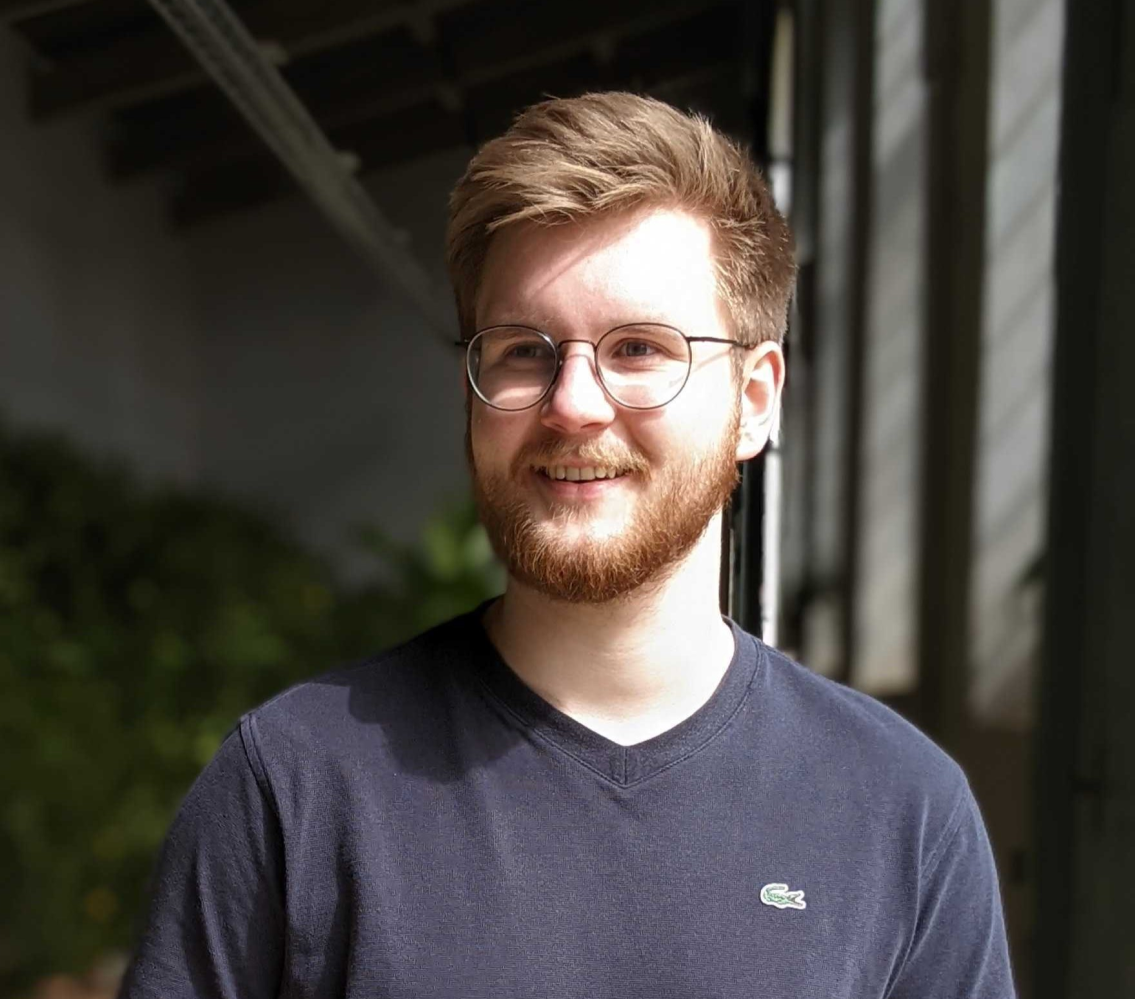Go back
Large Language Models (LLMs) simply explained
Explore the technology behind OpenAI’s ChatGPT: a comprehensive look at how it emulates human dialogue, transforming the field of natural language processing.
Leo Püttmann
2/14/2024
Understanding ChatGPT: The Magic Behind Language Models
In the realm of artificial intelligence, language models like ChatGPT have been making waves, captivating the curiosity of tech enthusiasts and casual users alike. At first glance, the ability of ChatGPT to provide answers to a wide array of questions seems almost magical. However, the truth is far from sorcery. This article aims to demystify the workings of large language models (LLMs) and explain their functionality in simple terms.
Rather watch then read, check out the YouTube video:
Watch the YouTube video here: https://youtu.be/j2_7unKCHDk?si=Koc0kzqDDMb0CE1i
At the core of ChatGPT’s impressive performance is a vast database of text. These large language models are meticulously trained with extensive collections of text data, enabling them to mimic human language patterns. The process is straightforward yet profound: by analyzing millions of text examples, the model learns the semantics of language. For instance, ChatGPT understands concepts about cats not because it has seen a cat but because it has digested countless sentences describing cats, their behaviors, and attributes.
This learning enables the model to predict word combinations with remarkable accuracy. It knows that “cat” pairs naturally with “sleeps” but not with “barks.” The training data, often sourced from the internet and reputable sites like Wikipedia, enriches the model’s understanding, allowing it to respond intelligently to common queries. However, its performance can vary with highly specialized topics due to the nature of its training data.
Decoding Language: The Role of Tokens
A pivotal aspect of how language models process text involves converting language into a format they can understand—tokens. Tokens serve as the fundamental building blocks of language for the model, representing words or parts of sentences. Each token is assigned a unique numerical value, a necessity since the model’s underlying neural network operates on numbers, not raw text. This conversion process is seamless, allowing users to interact with ChatGPT using natural language and receive responses in kind.
From Words to Coherent Texts
How does ChatGPT generate text? The process is incremental, building text one piece at a time. Contrary to what it might seem, the model generates text word by word—or more accurately, token by token. Starting with an input, the model can progressively construct a coherent narrative. For example, inputting “the cat” might prompt the model to produce “eats,” and following up with “the cat eats” could lead to “mice,” and so forth.
This capability to generate text is not limited to completing sentences. ChatGPT has been fine-tuned to answer complex user queries, simulating a real conversation. This advancement sets ChatGPT apart from its predecessors, marking a significant milestone in the evolution of language models.
Conclusion
While the inner workings of ChatGPT might seem complex, the principles behind it are fundamentally straightforward. By understanding the basics of how language models are trained, how they process language, and how they generate text, we can appreciate the technology without attributing it to magic. ChatGPT represents a leap forward in making AI more interactive and conversational, a testament to the progress in the field of natural language processing. As we continue to explore and interact with ChatGPT, we not only gain insights into artificial intelligence but also the intricacies of human language itself.
We hope this article has shed light on the fascinating world of ChatGPT and language models. As technology continues to evolve, the potential for new applications and improvements is boundless. Happy prompting, and until next time, cheers to the journey of discovery in AI!
Sign up for our newsletter to get the latest updates on LLM.
Go to newsletter